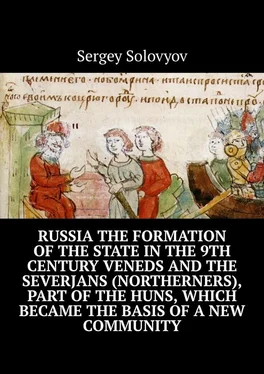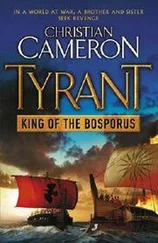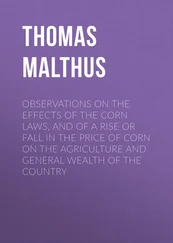And the pyramids are the deeds of many and hard works;
I know Mavsol’s huge tomb. But only saw
I am Artemis’ palace, which lifted the roof to the clouds,
Everything else faded before him; outside Olympus
The sun sees no beauty equal to it anywhere.”
Hellenic poet, Antipater of Sidon
Seven wise men of Ancient Greece, and not all were Hellenes by nationality.
“I call seven wise men – their homeland, name, speech:
“Measure is the most important thing,” Cleobulus used to say to Linda;
In Sparta: “Know thyself,” Chilo preached;
Restraining anger was admonished by Periander, a native of Corinth;
“Lish in nothing!” – the proverb was Pittac’s Mithilen;
“Watch the end of life,” repeated Solon of Athens;
“The worst are in the majority everywhere,” said Biant Priensky;
“Do not vouch for anyone” – Thales of Miletus word.”
Unknown ancient poet
Sometimes the Scythian sage Anarhasis is added to this list.
Seven Advisors of Alexander the Great by Arrian, this list of the most important dignitaries of Macedonia included Alexander’s friends, and this work is divided into seven books, too – also in imitation of Xenophon. Seven boyars of Russian tsars, because there were seven assessors in the boyar duma, and this figure is present everywhere Seven
Huns’ hairstyles – a shaved head, and a braid at the back of the head or on the right side of the head
Even hairstyles, such a seemingly unimportant part of human culture, turned out to be very similar in the zone of distribution of the Andronov Huns’ habitat. This tribe, or parts of it, reached China and India, and in the west to Egypt and Hellas, and left their mark even in such a part of human culture as hairstyles. It is hard to imagine that this was an accident. Obviously, it was the Huns-Hans who brought these hairstyles to this region, to Northern China. The deity GUAN-GUN (or Gun-Gong), carrying, as you can see, the Hunnic horses, is depicted in this way. Gun-gun (Chinese god of water, depicted with the body of a snake, a human face and red hair on his head. In some stories he is described as a man with a snake’s tail instead of legs. Gun-gun is a destroyer god, and in many legends it is he who causes disasters Most of the legends with him end with Gong-gong being killed or sent into exile, usually after being defeated in a battle with another major deity, such as, for example, the fire god Chzhuzhun.
Bian-fa (Chinese. “Pigtails”) – the traditional male hairstyle of the Manchus and other nomadic peoples of the Great Eurasian steppe It was a pigtail of three strands, which was braided at the back of the head or crown, while the hair was shaved off the forehead and temples.
The name of the Huns-Hans forever remained in the name of the Indian Gndhara, and the Ganges River. Krishnaites are Vaishnavas, and they wear Urdhva-Pundra on the bridge of their nose, a tamga depicted on the helmets of Urartu and Rus. For men, it is advisable to cut their hair short or shave it off, leaving a bun of hair called shikha on the back of the head. Shikha – a lock of hair on the back of the head, indicating belonging to the brahminical class. According to Vedic culture, when a person undergoes the ceremony of hair cutting (miracle-karana-samskara) and Vedic initiation (upanayana), he should shave his head, leaving only a tuft of hair called sikha. One who has a sikhu can practice different types of yajna. Therefore, according to Indian tradition, all brahmanas, Vaishnavas and others wear shikhs. According to the grhya-sutras, eccentricity should take place at the end of the first year of a child’s life or before the end of the third (Manu-smrti, II.35), but later scriptures have increased this age to seven years. First, the child’s hair is moistened, then the father cuts it while reciting prayers. After a child’s hair is cut, the father often leaves a shikha (śikhā IAST) or miracle (cūḍā). Analog-hair cutting in Hellas with ephebes.

Bian-fa (Chinese. “Pigtails
Homer describes it as follows:
Lead and into battle led Elefenor, Aree’s branch,
The son of the Khalkodons, the head of the unrepentant Abants.
He foresaw these abants, on the rear of the hair they only grew,
Warriors of ardent, burning blows of clear copies
The copper armor of the enemies is to be smashed by hand on the Persians. Homer, Iliad.
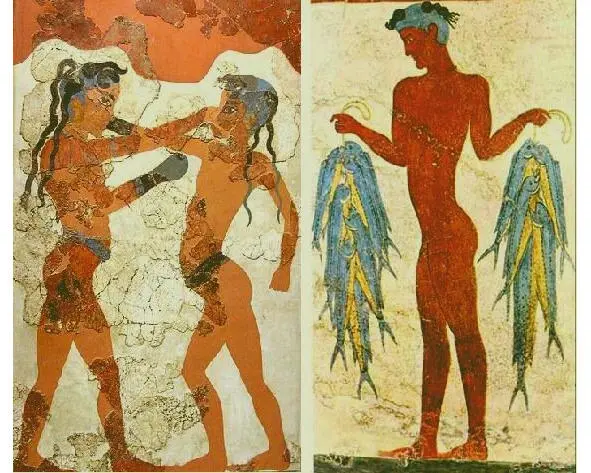
Thus, this hairstyle belonged to the Hans (Huns-Gants Andronovites) who brought it from Crete to India and China and Egypt, where they were called Hyksos (shepherd kings)
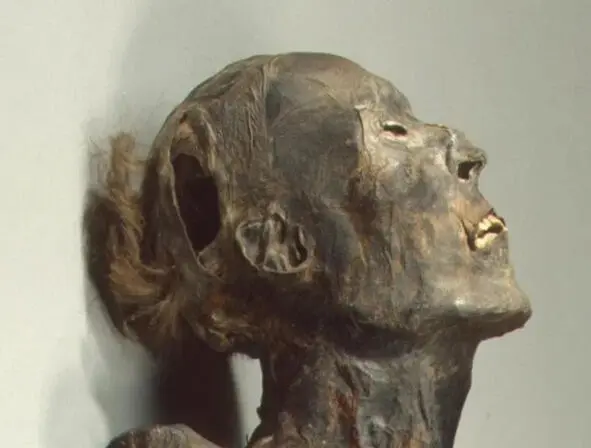
Saka mummy Hare

Krishna hairstyle, shikha
Severtsy-northerners, as part of the Hun tribe, retained their hairstyle, and the Cossacks, who come from the Severshchina, wore similar hairstyles – Oseledtsy and I \ ‘s forelocks.
The ancestral home of the Indo-Europeans. The ancestral home is Hell and Tartarus
The location of the ancestral home of the Indo-Europeans has always been a stumbling block for the scientific community and I would like to give a number of arguments for the primary habitat in the region of Obi-Yamal, Pechora, Arkhangelsk and Vologda regions and the islands of Novaya Zemlya. What makes it possible to come up with such an unconditional opinion? This geographical reference to this area is due to the myths and legends about Ganesh, Skanda, Indrik-beast. Tartar (ancient Greek Τάρταρος), in ancient Greek mythology – the deepest abyss located under the kingdom of Hades (representation, starting from Hesiod, where, after titanomachy, Zeus overthrew Kronos and the titans and where they were guarded by the hundred-handed giants of Hecatoncheira, the children of Uranus. the Cyclops are imprisoned. This is a dark abyss, which is as far from the surface of the earth as the sky is from the earth: according to Hesiod, a copper anvil would fly from the surface of the earth to Tartarus in nine days. Tartarus was surrounded by a triple layer of darkness of the god Erebus and copper walls with the copper gates of the god Poseidon. According to Hesiod, he arose after Chaos and Gaia. According to Epimenides, he was born from Aerus and Nyukta. According to other authors, as the personification of this abyss, Tartarus was the son of Ether and Gaia. From Tartarus Gaia gave birth to the monstrous Typhon and Echidna. Tartarus is mentioned by Homer (Il. VIII, 13According to the testimony of ancient Greek authors, Tartarus was in the North. Later, the authors began to consider Tartarus the most remote place in Hades. e century the most abandoned and remote corners of the earth began to be called tartar. In late antiquity, Tartarus was represented as a space of dense cold and darkness. Later, in European cartography, due to contamination, Tartarus was associated with Tartaria – northern Asia. The origin of the name of the god is not exactly clear; in any case, it was associated with the ancient Greek ἀϊδής “invisible”, ἀΐδιος “eternal”, ἀϊδνός “gloomy”, αἰδοῖος “venerable, compassionate”; αἰδώς, “awe, reverence”, but also “mercy”; ἀΐδηλος “making it invisible”, that is “destructive”, or “invisible, unknown, mysterious, gloomy”. the rivers of Hades, the most famous are Styx, Cocytus and Phlegeton, a flaming river. Hell and Tartarus are the land of the ancestors of the Huns (Hans), lands in the far North, from Yamal to Altai, the basin of the oil-bearing Ob river.
Читать дальше
